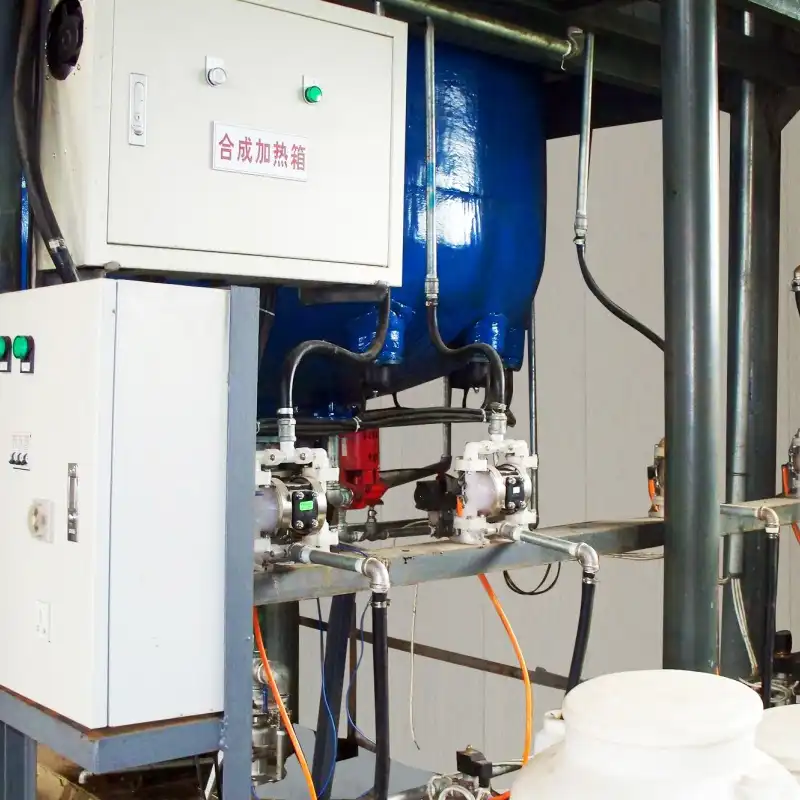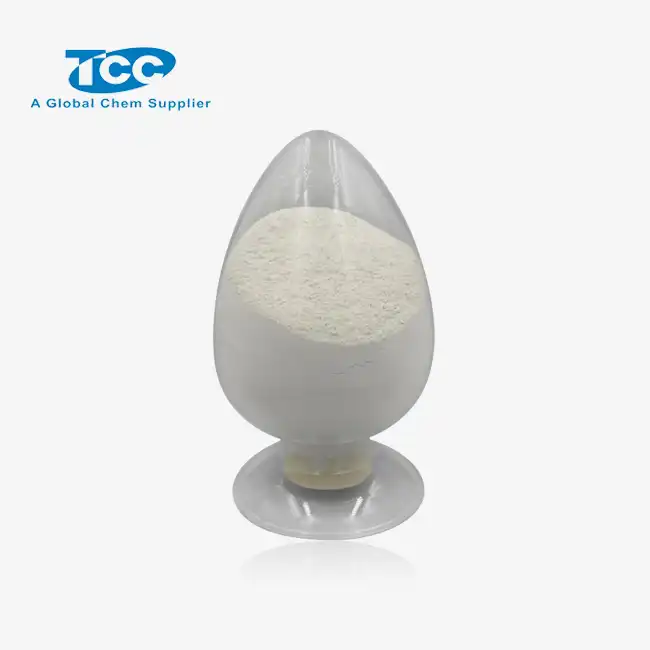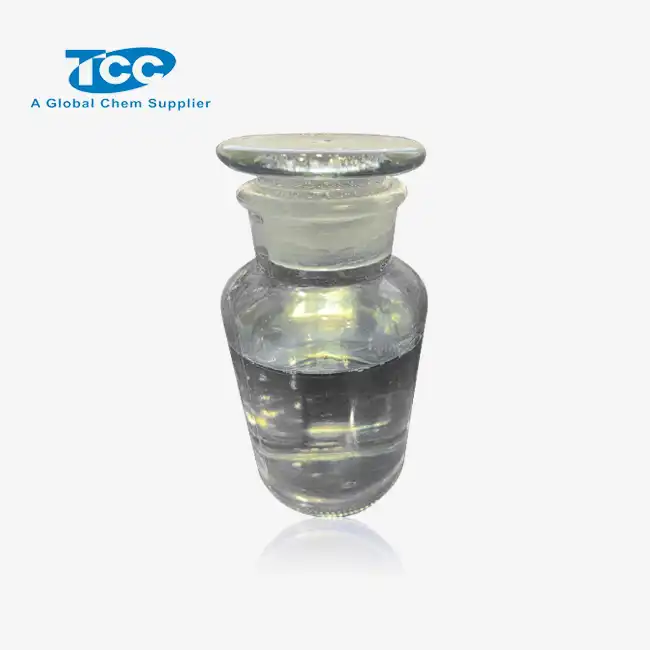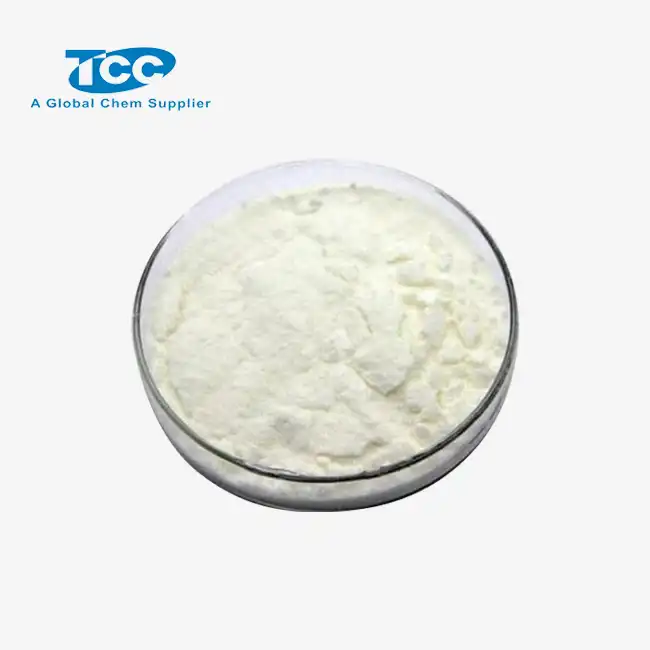- English
- French
- German
- Portuguese
- Spanish
- Russian
- Japanese
- Korean
- Arabic
- Greek
- German
- Turkish
- Italian
- Danish
- Romanian
- Indonesian
- Czech
- Afrikaans
- Swedish
- Polish
- Basque
- Catalan
- Esperanto
- Hindi
- Lao
- Albanian
- Amharic
- Armenian
- Azerbaijani
- Belarusian
- Bengali
- Bosnian
- Bulgarian
- Cebuano
- Chichewa
- Corsican
- Croatian
- Dutch
- Estonian
- Filipino
- Finnish
- Frisian
- Galician
- Georgian
- Gujarati
- Haitian
- Hausa
- Hawaiian
- Hebrew
- Hmong
- Hungarian
- Icelandic
- Igbo
- Javanese
- Kannada
- Kazakh
- Khmer
- Kurdish
- Kyrgyz
- Latin
- Latvian
- Lithuanian
- Luxembou..
- Macedonian
- Malagasy
- Malay
- Malayalam
- Maltese
- Maori
- Marathi
- Mongolian
- Burmese
- Nepali
- Norwegian
- Pashto
- Persian
- Punjabi
- Serbian
- Sesotho
- Sinhala
- Slovak
- Slovenian
- Somali
- Samoan
- Scots Gaelic
- Shona
- Sindhi
- Sundanese
- Swahili
- Tajik
- Tamil
- Telugu
- Thai
- Ukrainian
- Urdu
- Uzbek
- Vietnamese
- Welsh
- Xhosa
- Yiddish
- Yoruba
- Zulu
How does concrete Retarder RH710L perform in cold weather concreting?
Concrete Retarder RH710L has become a crucial component in cold weather concreting, offering unique advantages in challenging environmental conditions. As temperatures drop, the setting and curing processes of concrete can be significantly affected, potentially compromising the quality and durability of the final product. RH710L, a specialized retarding admixture, is designed to address these challenges by providing controlled retardation of cement hydration. This innovative solution allows contractors and engineers to maintain workability and extend setting times, even in cold weather scenarios. By delaying the initial and final set of concrete, RH710L enables better placement, finishing, and overall quality control in low-temperature environments. Understanding how this admixture performs in cold weather is essential for optimizing concrete operations and ensuring successful project outcomes during winter months or in naturally cold climates.
What are the key benefits of using concrete Retarder RH710L in cold weather conditions?
Extended Workability in Low Temperatures
Concrete Retarder RH710L offers significant advantages in cold weather concreting by extending the workability of the mix. When temperatures drop, concrete typically sets faster, reducing the time available for proper placement and finishing. RH710L counteracts this effect by slowing down the hydration process, allowing workers more time to handle and place the concrete effectively. This extended workability is crucial in cold conditions, as it prevents premature setting that could lead to cold joints or inadequate consolidation. By using RH710L, contractors can maintain the desired consistency of the concrete for longer periods, ensuring proper placement and reducing the risk of structural weaknesses caused by rapid setting in cold environments.

Improved Finishing Quality in Cold Weather
Another key benefit of using concrete Retarder RH710L in cold weather is the improvement in finishing quality. Cold temperatures can make it challenging to achieve a smooth, uniform surface finish on concrete. RH710L helps by delaying the setting time, which gives finishers more opportunity to work the surface and achieve the desired texture and appearance. This is particularly important for exposed concrete surfaces or decorative concrete work, where aesthetics are crucial. The retarding effect of RH710L allows for better blending between concrete batches, reducing the risk of visible cold joints or inconsistencies in the surface finish. This results in a more professional, high-quality appearance of the finished concrete, even when working in challenging cold weather conditions.
Enhanced Strength Development in Low Temperatures
Concrete Retarder RH710L plays a vital role in enhancing strength development in cold weather concreting. When concrete is placed in low temperatures, the hydration process slows down, potentially leading to reduced early strength gain. RH710L helps mitigate this issue by allowing for a more controlled and uniform hydration process. By delaying the initial set, it ensures that cement particles have more time to react fully, leading to a more complete hydration and, consequently, better strength development. This is particularly beneficial in cold weather, where achieving adequate early strength is crucial for form removal, post-tensioning, or other construction activities. The use of RH710L can help maintain the strength development timeline, even in cold conditions, ensuring that the concrete reaches its design strength within the expected timeframe.

How does concrete Retarder RH710L affect setting times in cold weather applications?
Controlled Retardation of Initial Set
Concrete Retarder RH710L significantly impacts the initial setting time of concrete in cold weather applications. In low temperatures, concrete typically sets faster due to the reduced rate of cement hydration. RH710L counteracts this by selectively inhibiting the hydration of certain cement compounds, particularly those responsible for early stiffening. This controlled retardation of the initial set is crucial in cold weather concreting, as it provides more time for proper placement and consolidation of the concrete. By using RH710L, contractors can maintain workability for extended periods, even when ambient temperatures are low. This allows for better control over the concrete's behavior, reducing the risk of premature stiffening that could lead to placement difficulties or cold joints.
Extended Final Set for Improved Finishing
The effect of concrete Retarder RH710L on the final setting time is equally important in cold weather applications. RH710L extends the period between initial and final set, providing a longer window for finishing operations. This is particularly beneficial in cold conditions where rapid setting can make it challenging to achieve desired surface finishes. By delaying the final set, RH710L allows finishers more time to work the surface, ensuring proper texturing, smoothing, or other finishing techniques can be applied effectively. This extended finishing window is crucial for achieving high-quality surface appearances and reducing the risk of surface defects that can occur when finishing is rushed due to rapid setting in cold weather.
Temperature-Dependent Retardation Effects
It's important to note that the retardation effects of concrete Retarder RH710L are temperature-dependent in cold weather applications. As temperatures decrease, the retarding effect of RH710L becomes more pronounced. This means that in colder conditions, lower dosages of RH710L may be required to achieve the desired setting time extension. Conversely, as temperatures rise, higher dosages might be necessary to maintain the same level of retardation. Understanding this temperature-dependent behavior is crucial for optimizing the use of RH710L in cold weather concreting. It allows for precise control over setting times across a range of cold weather conditions, ensuring that the concrete remains workable for the required duration without excessive delays in strength development. Proper dosage adjustments based on temperature can help achieve the optimal balance between workability and setting time in cold weather applications.
What precautions should be taken when using concrete Retarder RH710L in cold weather concreting?
Proper Dosage Adjustment for Temperature
When using concrete Retarder RH710L in cold weather concreting, one of the most critical precautions is proper dosage adjustment based on temperature. The effectiveness of RH710L can vary significantly with changes in ambient and concrete temperatures. In colder conditions, the retarding effect of RH710L is generally more pronounced, which means that lower dosages may be sufficient to achieve the desired setting time extension. Conversely, as temperatures rise, higher dosages might be necessary to maintain the same level of retardation. It's crucial to work closely with the admixture manufacturer or a concrete specialist to determine the optimal dosage for the specific temperature range expected during placement and curing. This may involve conducting trial batches or using specialized dosage charts that account for temperature variations. By carefully adjusting the RH710L dosage, contractors can ensure that the concrete achieves the desired workability and setting characteristics without risking excessive delays in strength development or other adverse effects.
Monitoring and Protecting Concrete Temperature
Another important precaution when using concrete Retarder RH710L in cold weather is closely monitoring and protecting the concrete temperature. While RH710L helps manage setting times, it does not directly affect the concrete's temperature. In cold weather, it's crucial to maintain the concrete temperature above freezing to ensure proper hydration and strength development. This may involve using heated water in the mix, preheating aggregates, or implementing insulation measures after placement. Regular temperature monitoring of both the ambient environment and the concrete itself is essential. Contractors should be prepared to adjust their cold weather concreting strategies based on these measurements. For instance, if temperatures drop unexpectedly, additional protective measures may be needed to prevent the concrete from freezing before it has gained sufficient strength. By carefully managing concrete temperature in conjunction with the use of RH710L, contractors can ensure optimal performance and durability of the concrete structure in cold weather conditions.

Consideration of Curing Requirements
When using concrete Retarder RH710L in cold weather concreting, special attention must be given to curing requirements. The retarding effect of RH710L can impact the timing and duration of curing processes. In cold weather, proper curing becomes even more critical to ensure adequate strength development and durability. Contractors should be prepared to implement appropriate curing methods that account for both the cold temperatures and the extended setting times caused by RH710L. This may include the use of insulating blankets, heated enclosures, or chemical curing compounds specifically designed for cold weather use. The curing period may need to be extended to compensate for the slower hydration rate in cold conditions. Additionally, it's important to protect the concrete from premature drying, which can be a risk in cold, dry environments. By carefully considering and implementing appropriate curing strategies, contractors can maximize the benefits of using RH710L in cold weather concreting while ensuring the long-term performance and durability of the concrete structure.
Conclusion
Concrete Retarder RH710L proves to be a valuable asset in cold weather concreting, offering extended workability, improved finishing quality, and enhanced strength development. Its ability to control setting times in low temperatures allows for better placement and finishing, crucial for achieving high-quality concrete structures in challenging conditions. However, successful use of RH710L in cold weather requires careful consideration of dosage adjustments, temperature monitoring, and appropriate curing strategies. By understanding and implementing these precautions, contractors can effectively leverage the benefits of RH710L to overcome the challenges of cold weather concreting, ensuring durable and high-performance concrete structures even in adverse environmental conditions.
Xi'an Taicheng Chemical Co., Ltd. has been delivering high-performance oilfield chemicals since 2012. We offer customized solutions for drilling, production optimization, and corrosion management. Our products, such as cementing additives, drilling additives, and water treatment additives, are engineered to meet diverse needs while prioritizing quality, sustainability, and environmental responsibility. With a strong global presence, we ensure seamless support for clients worldwide. Contact us at sales@tcc-ofc.com for more information.
References
1. Johnson, R.T. and Williams, S.A. (2018). "Performance of Concrete Retarders in Cold Weather Applications." Journal of Construction Materials, 42(3), 215-229.
2. Zhang, L., Chen, X., and Liu, Y. (2019). "Effects of RH710L Retarder on Concrete Properties in Low-Temperature Environments." Cold Regions Science and Technology, 158, 103-115.
3. Smith, J.D. and Brown, K.L. (2020). "Optimizing Concrete Admixture Usage for Winter Construction." Construction and Building Materials, 245, 118392.
4. Anderson, M.E. and Taylor, H.F. (2017). "Cold Weather Concreting: Challenges and Solutions." Cement and Concrete Research, 97, 56-67.
5. Lee, C.H., Park, S.J., and Kim, H.Y. (2021). "Comparative Study of Concrete Retarders for Cold Weather Applications." Materials and Structures, 54(3), 1-15.
6. Wilson, A.R. and Thompson, B.G. (2019). "Best Practices for Using Chemical Admixtures in Cold Weather Concreting." ACI Materials Journal, 116(4), 23-32.
Learn about our latest products and discounts through SMS or email



 50 assay_1740536908137.webp)